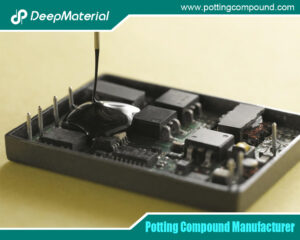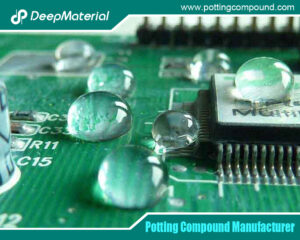
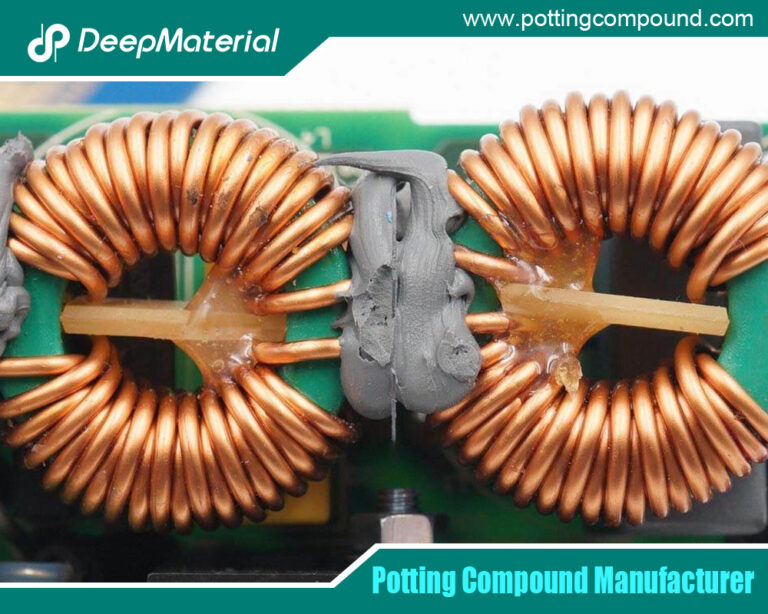
Exploring the Role of Electronic Encapsulation in Potting Material Manufacturing
- Electronic Potting Material Manufacturer
- October 14, 2024
- Automotive potting material manufacturers, circuit board potting compound, Connector Potting Compound, custom automated electronics potting, customize china electronic potting silicone factories, deepmaterial PCB Potting, deepmaterial potting compound, electrical potting compound, Electronic Encapsulant Potting Compound, electronic encapsulant potting compounds, electronic encapsulation, Electronic Encapsulation in Potting Material Manufacturing, Electronic Encapsulation Manufacturing, Electronic Encapsulation Methods, electronic encapsulation supplier, Electronic Epoxy Encapsulant Potting Compound, Electronic Epoxy Potting Compound, electronic potting compound, Electronic Potting Compounds Manufacturer, Electronic Potting Material Manufacturing, Encapsulant Potting Compound, Encapsulants and Potting Compounds Suppliers, Encapsulation in Potting Material Manufacturing, Epoxy Encapsulant Potting Compound, Potting Material Manufacturing
Exploring the Role of Electronic Encapsulation in Potting Material Manufacturing
In the fast-evolving world of electronics, protecting sensitive components from environmental and mechanical damage is critical to ensuring their durability and reliability. Electronic encapsulation is a vital process that provides this protection by covering electronic components with potting materials. These materials shield the components from external factors such as moisture, chemicals, and vibrations and help in thermal management and electrical insulation. As demand for miniaturized, high-performance electronic devices increases across industries such as automotive, aerospace, consumer electronics, and industrial automation, manufacturers of potting materials play a pivotal role in advancing encapsulation technology.
What is Electronic Encapsulation?
Electronic encapsulation refers to enclosing electronic components and assemblies in protective materials to safeguard them from environmental factors, mechanical stress, and electrical interference. The encapsulation process typically involves using potting materials, which are applied to fill the spaces around the components, creating a durable protective layer.
Critical Benefits of Electronic Encapsulation:
- It protects from moisture, dust, and contaminants.
- It offers improved resistance to thermal and mechanical stress.
- It has enhanced electrical insulation.
- It ensures the prevention of short circuits and electrical failures.
- Prolonged lifespan of electronic devices.
The potting process is widely used in industries such as automotive, aerospace, medical devices, consumer electronics, and industrial automation, where reliability and durability of electronic components are crucial.
Types of Potting Materials in Electronic Encapsulation
Manufacturers use various potting materials depending on the application, environmental conditions, and desired performance characteristics. Some of the most common types of potting materials include:
- Epoxy Resins:Epoxy is a widely used potting material due to its excellent adhesion, chemical resistance, and electrical insulating properties. It is also known for its mechanical strength and is ideal for applications requiring high protection from environmental stressors.
- Polyurethane Resins:Polyurethane potting materials are flexible and resist moisture, chemicals, and thermal cycling. These materials are often used in applications where vibration and mechanical stress are a concern.
- Silicone Resins:Silicone potting compounds are highly flexible and suitable for high-temperature applications. They provide excellent thermal stability and electrical insulation, making them ideal for aerospace, automotive, and high-performance electronics.
- Acrylic Resins:Acrylic potting compounds are UV-resistant and vigorously protect against environmental factors such as moisture and chemicals. They are easy to apply and offer excellent adhesion, particularly for electronics used in outdoor applications.
- Thermally Conductive Potting Compounds:These specialized materials are designed to manage heat dissipation in electronic components that generate significant amounts of heat. By transferring heat away from critical components, thermally conductive potting compounds help prevent overheating and extend the life of electronic devices.
Potting Process in Electronic Encapsulation
The potting process typically involves filling a mold, casing, or housing with a liquid potting material that hardens to create a protective barrier around the electronic components. The process ensures that all gaps and voids within the assembly are filled, providing complete coverage and protection.
Critical Steps in the Potting Process:
- Preparation:The electronic components are cleaned and prepared for encapsulation to remove any dust, debris, or contaminants that could affect the performance of the potting material.
- Mold Design and Placement:The components are contained in a mold or casing, which ensures that the potting material can flow around them and completely cover them.
- Potting Material Selection: The appropriate potting material is selected based on the application requirements, such as temperature resistance, mechanical stress, and chemical exposure.
- Application of Potting Material:The potting material is poured or injected into the mold, filling all gaps and voids around the components. This step must be done carefully to avoid air pockets, which could compromise the integrity of the encapsulation.
- Curing:After application, the potting material is cured at room temperature or under specific conditions, such as heat or UV light, depending on the material used. Curing solidifies the material and forms a permanent protective layer around the components.
- Final Inspection:Once the material has cured, the encapsulated assembly is inspected for quality, ensuring that the potting material has adhered correctly and no defects, such as air pockets or cracks, are present.
Role of Potting Material Manufacturers in Advancing Electronic Encapsulation
Potting material manufacturers play a crucial role in advancing encapsulation technology by developing new materials, improving existing formulations, and working closely with industries to meet the evolving demands of electronic applications. Their contributions include:
Material Innovation
- Improving Thermal Management:With electronic devices’ increasing power density, manufacturers are developing advanced thermally conductive potting compounds to dissipate heat more effectively and prevent thermal damage to components.
- Enhanced Flexibility:Manufacturers are formulating flexible potting materials that can withstand mechanical stress, making them suitable for applications with high vibration levels, such as in the automotive and aerospace sectors.
- Eco-Friendly Solutions:In response to growing environmental concerns, potting material manufacturers are focusing on reducing volatile organic compounds (VOCs) and developing sustainable, eco-friendly encapsulation materials.
Customization
- Manufacturers offer customized potting solutions tailored to specific applications, ensuring that the encapsulation material meets the unique requirements of different industries. For example, in the medical device industry, biocompatibility and sterilization resistance are critical, while in the automotive industry, resistance to extreme temperatures and chemicals is paramount.
Collaboration with OEMs
- Collaboration between potting material manufacturers and original equipment manufacturers (OEMs) is essential to developing effective encapsulation solutions. By working closely with OEMs, manufacturers can better understand the challenges faced in real-world applications and develop materials that provide optimal performance.
Technical Support and Testing
- Leading manufacturers provide technical support and testing services to help customers select suitable potting material for their application. Engineers conduct rigorous tests on the material to ensure it performs effectively under desired conditions, including exposure to high temperatures, moisture, chemicals, and mechanical stress.
Applications of Electronic Encapsulation in Key Industries
Automotive Industry
- They protect control modules, sensors, and connectors from vibration, temperature fluctuations, and chemical exposure.
- The encapsulation of LED lighting systems enhances durability and longevity.
Aerospace Industry
- Shielding avionics and communication systems from extreme temperatures and mechanical stress during flight ensures reliable performance.
- The encapsulation of critical systems ensures long-term reliability in harsh environments.
Medical Devices
- They protect sensitive electronics used in diagnostic, monitoring, and treatment devices.
- The encapsulation of components meets biocompatibility and sterilization standards.
Consumer Electronics
- Protecting smartphones, tablets, and wearable devices from moisture, dust, and impact enhances their durability.
- The encapsulation of power supplies and batteries improves safety and longevity.
Industrial Automation
- The encapsulation of industrial machinery’s sensors, connectors, and control systems protects against harsh environmental conditions such as moisture, dust, and vibration.
Future Trends in Potting Material Manufacturing
- Miniaturization of Electronics:As electronics become smaller and more complex, potting material manufacturers will need to develop materials that can provide precise encapsulation while maintaining thermal and mechanical performance.
- 5G Technology:The roll-out of 5G networks will increase the demand for advanced electronic encapsulation materials to protect critical infrastructure from environmental damage and enhance performance.
- Electric Vehicles (EVs):As the EV market grows, potting materials must offer enhanced thermal management and protection for battery systems, inverters, and charging stations.
- Smart Manufacturing and Automation:Industry 4.0 and the growing trend of intelligent manufacturing will drive the demand for potting materials that protect sensitive electronics in automated systems, sensors, and IoT devices.
Conclusion
Electronic encapsulation using potting materials is a critical process that ensures electronic components’ protection, reliability, and longevity in various industries. Potting material manufacturers play an essential role in advancing encapsulation technology, developing innovative materials that meet the evolving demands of applications ranging from automotive and aerospace to consumer electronics and healthcare. With trends such as miniaturization, 5G, and electric vehicles driving the need for more advanced encapsulation solutions, manufacturers must continue to innovate and collaborate with industries to develop materials that offer superior protection and performance.
For more about choosing the Top Exploring the Role of Electronic Encapsulation in Potting Material Manufacturing, you can pay a visit to DeepMaterial at https://www.pottingcompound.com/ for more info.
Recent Posts
- Electronic Encapsulation Technology to Enhance the Durability of Automotive Electronics
- The Unsung Guardian: Why Silicone Potting Compound is Widely Used in the Electronics Industry
- The Development Trend and Future Prospects of Electrical Potting Compound in the Glue Industry
- The Conformal Coating for PCB Market Has Entered an Explosive Period: Key Drivers and Reports Detailed
- How Does Epoxy Encapsulated LED Work?
- Which Glues Are Suitable for Encapsulation of Electronic Products?
- What Are the Design Standards for the Glass Transition Temperature (Tg) and Tensile Modulus of Automotive Electronic Encapsulants Adhesives?
- Usage Methods of LED Potting Compounds: From Mixing to Curing – A Complete Step-by-Step Guide
- The Characteristics of Thermal Conductivity, Waterproofness and Shock Resistance of LED Potting Compounds
- Revealing the Wide Range of Application Scenarios of LED Potting Compounds
Tags
Related Posts

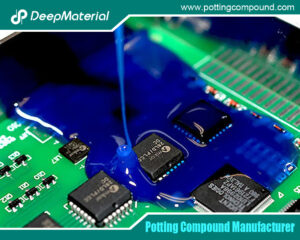
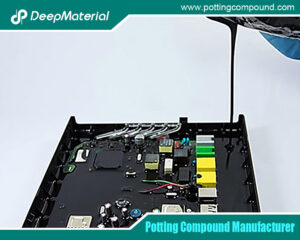
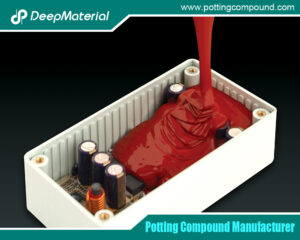
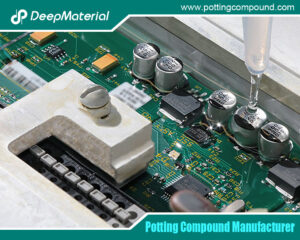
How Does Epoxy Encapsulated LED Work?
